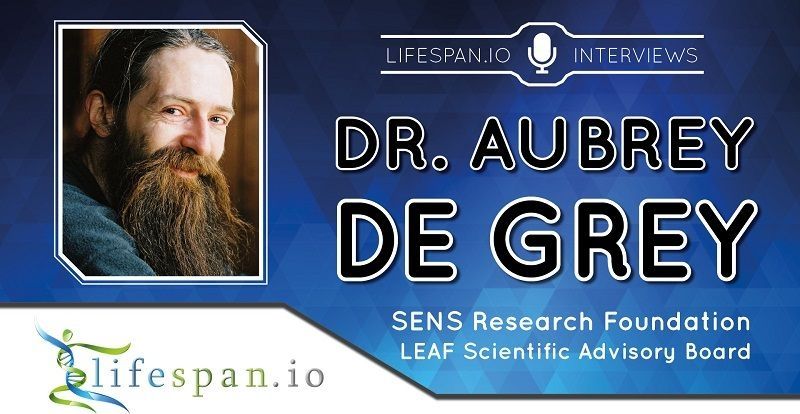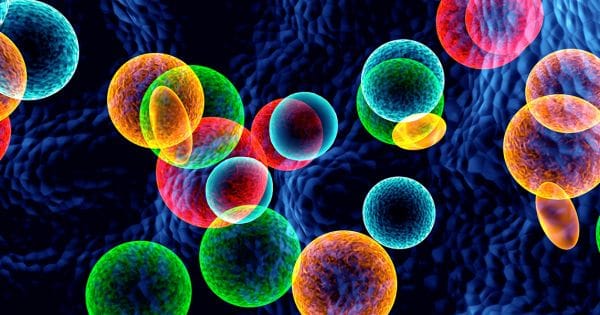Here we are!



“When we send astronauts to the surface of the Moon in the next decade, it will be in a sustainable fashion,” says NASA Administrator Jim Bridenstinee. Learn how we’ll expand partnerships with industry and other nations to explore the Moon and advance our exploration missions to even farther destinations, such as Mars: https://go.nasa.gov/2GeqhZL



NBA superstar Steph Curry said he was kidding when he said he doesn’t believe humans landed on the moon.
“Obviously I was joking when I was talking on the podcast,” the Golden State Warriors guard told ESPN on Wednesday. “I was silently protesting how stupid it was that people actually took that quote and made it law.”
While appearing on an episode of the podcast “Winging It,” which posted Monday, Curry asked fellow NBA players Vince Carter, Kent Bazemore and Andre Iguodala “We ever been to the moon?”

Payloads on the flight will collect valuable data to improve technologies for future exploration missions. This flight will be specifically be used to study how dust disperses in microgravity. Understanding dust dynamics can help abate the damage that is caused by particles contaminating hardware and habitats. Swoop in: https://go.nasa.gov/2Gr79YT

In November, Dr. Aubrey de Grey, a graduate of the University of Cambridge, was in Spain to attend the Longevity World Forum in the city of Valencia, and he gave a press conference organized by his friend, MIT engineer José Luis Cordeiro.
Dr. Aubrey de Grey is the scientific director (CSO) and founder of the SENS Research Foundation. In Madrid and Valencia, Dr. de Grey reaffirmed for Tendencias21 one of his most striking statements of 2018: “In the future, there will be many different medicines to reverse aging. In five years, we will have many of them working in early clinical trials.”
The Longevity World Forum is a congress on longevity and genomics in Europe. It is heir to the first congress in Spain, the International Longevity and Cryopreservation Summit, which was held at the CSIC headquarters in Madrid in May 2017, and Dr. de Grey also participated in that event. In Valencia, his presentation was recieved with interest, and Dr. de Grey explained to this select audience that aging will be treated as a medical problem in the near future. Rather than treating its symptoms using the infectious disease model, the root causes of aging will themselves be treated.


Cancer research is an area of medical science that, rightfully, gets considerable attention. There are nearly 14.5 million Americans with a history of cancer and with more than 13 million estimated new cancer cases each year. It’s no wonder even artificial intelligence (AI) has gotten into the field. Researchers from the University of Michigan are not getting left behind, with a groundbreaking method that has the potential to eliminate tumors.
This new technology uses nano-sized discs, about 10 nm to be exact, to teach the body to kill cancer cells. “We are basically educating the immune system with these nanodiscs so that immune cells can attack cancer cells in a personalized manner,” said James Moon from the University of Michigan.
Each of these ‘nanodiscs’ is full of neoantigens (tumor-specific mutations) that teach the immune system’s T-cells to recognize each neoantigen and kill them. These work hand-in-hand with immune checkpoint inhibitors that boost the responses of T-cells — forming an anti-cancer system in the body that wipes out tumors and potentially keeps them from reemerging.